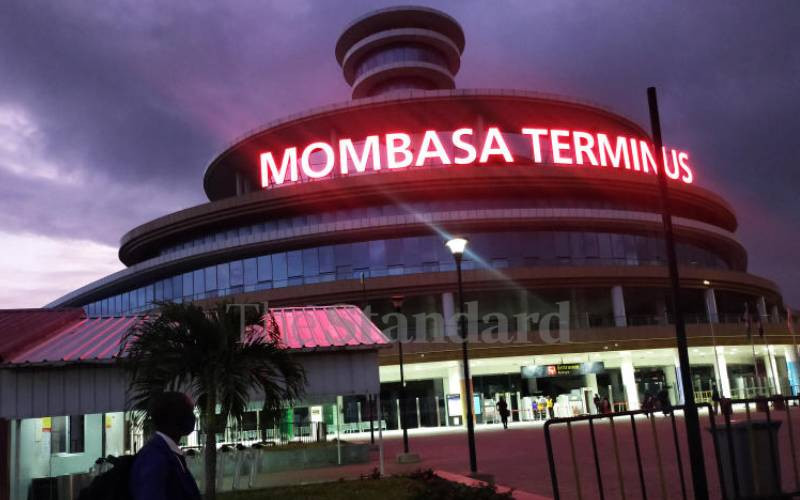
According to the latest issue of the Container Port Performance Index, a global World Bank barometer that ranks ports based on their efficiency levels, the Port of Mombasa is under-performing.
Mombasa attained position 326 in last year's edition of the ranking, compared to 296 in 2021. While the 2022 performance was poor, of special note is that the port trailed its peers in the neighbourhood, with Dar es Salaam, which has been touted as its biggest competitor, appearing on the list at position 312, an improvement from 361 which was its locus in the 2021 edition.